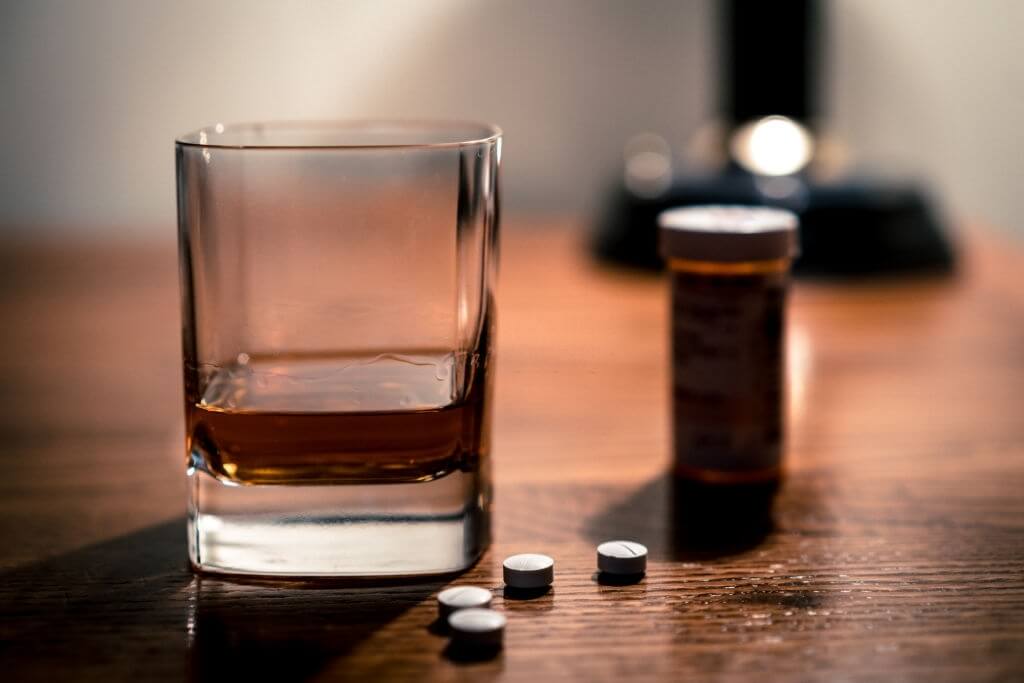In the United States, the rural parts are severely affected by opioid addiction, with having very few treatment programs for the opioid disorder.
Researchers at the University of Maryland School of Medicine (UMSOM) repurposed a recreational van (RV) as a telemedicine movable treatment unit to see if it might deliver effective diagnosis and care to those suffering from opioid addiction in remote areas.
Mobile Telemedicine Facility For Opioid Addiction In Rural Areas
Mobile Telemedicine is a better option for those who can have limited treatment options due to a lack of medical facilities. This option can help them get quicker resolution in case of various health issues for which they need to go for some treatments.

They can have a cure at a limited cost and time where they may have treatment at a local health center. Experts on the other end of the device can offer consulting just like normal what they might have done with the physical testing.
Their study, which was released in the Journal of the American Medical Association, discovered that the novel strategy was just as effective as standard strong therapy facilities.
The analysis also discovered that most of the patients treated just on the portable programs had a considerable reduction in unauthorized opioid usage, and also consistent success in these individuals maintaining therapy to prevent relapse.
Their findings are very encouraging, research lead author Eric Weintraub, MD, Professor of Psychiatry and Division Head of Addiction Research and Treatment at UMSOM, said. “They hope their strategy may be implemented across the country in regions where people have minimal access to affordable healthcare practitioners who really can treat opioid addiction disorder.
As per the latest study from the CDC(Centres for Disease Control and Prevention), over 92,000 Americans died due to drug overdoses the year before, up over 30% from 2019. Illicit opioid substances like fentanyl and heroin were responsible for the majority of all these deaths.
Despite the fact that powerful medication-based therapies are available, just one out of every four patients with opioid use disorder access them. FDA-approved pharmaceuticals such as buprenorphine and methadone have been shown to lessen overdose mortality by preventing withdrawal signs and urges in persons who cease using illicit narcotics.
The mobile health unit was used by the UMSOM researchers to screen and treat 94 participants with opioid addiction all of those who live in rural locations along Maryland’s Eastern Shore. Between June to October 2020, around the peak of the COVID-19 pandemic, those patients came to the center for treatment within 10 miles of their residences.
A nurse, a substance abuse counselor, and a peer recovery specialist worked in the mobile unit. Individuals were given in-person testing and counseling, and also secure videoconferencing connectivity to a physician. Buprenorphine or naloxone was prescribed electronically and delivered to the patient’s local drugstore.
The goal of the study was to see how efficient the transportable facility was at keeping patients on buprenorphine and reducing their usage of illicit opioids. Within two months, roughly 64% of patients continued the treatment, and after three months, 58 percent remained in treatment, equal to numbers seen in typical in-person substance abuse treatment programs.
Opioid misuse was decreased by roughly one-third of overall, and this was similar to some of what investigators had observed in typical hospital studies.
“To their understanding, this is the very first transportable telemedicine facility of its kind in rural parts of the country to address opioid use disorders,” stated Annabelle (Mimi) Belcher, Ph.D., Assistant Professor of Psychiatry at UMSOM. “We’ve shown that the approach works just as well as classic clinics in even more crowded locations, which is a fascinating discovery.”